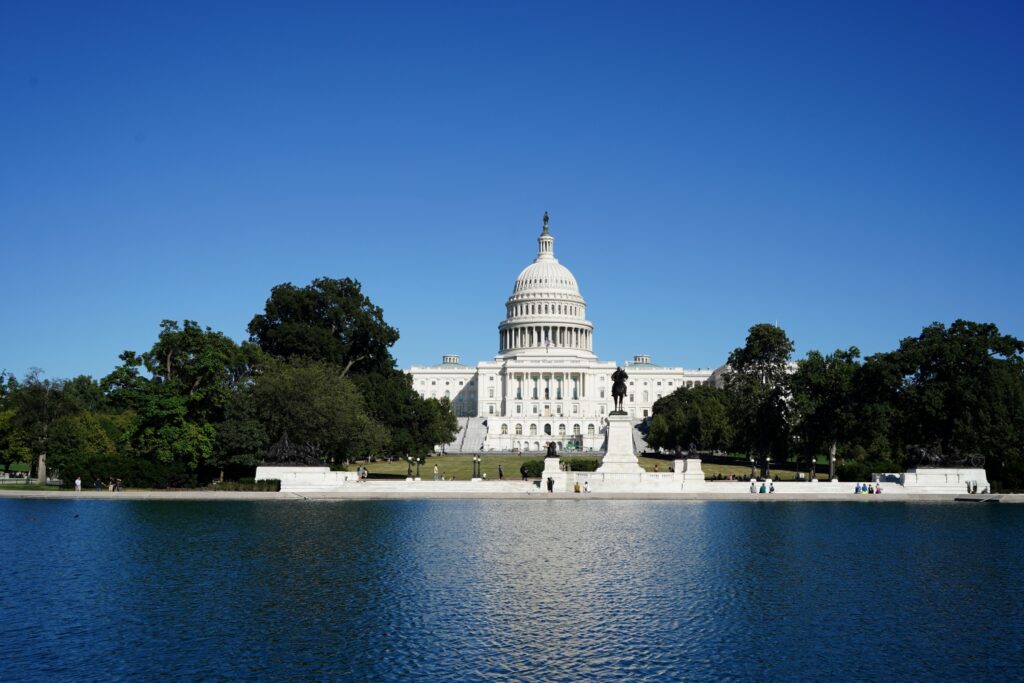The Civil Rights Generation (born 1925–1955)—African Americans who were in their teens to 20s between 1954 and 1968—find themselves at a historic crossroads. As the nation’s largest intergenerational wealth transfer accelerates—with an estimated $124 trillion passing to heirs—this generation is yet again at the forefront of possible progress or stagnation in overcoming racial inequality.
On its surface, this massive wealth transfer seems like a boon for American families. But beneath the headlines lies a deeper truth: unless profound changes are made in tax policy, this transfer will reinforce the concentration of wealth that has defined the U.S. economy for the past 40 years and harden, rather than heal, the racial wealth divide that keeps so many African Americans in asset poverty.
The Wealth Transfer and Racial Inequality
The hard reality is that the intergenerational transfer of wealth will largely be passed down within wealthy white families, not across the racial wealth divide. White households hold nearly 84% of total household wealth in the United States, compared to just 3.4% for Black households. That means the trillions of dollars now set to pass between generations will replicate, rather than dismantle existing hierarchies.
Research from the Federal Reserve of Boston shows that one third of white families (ages 55 and older) report having received an inheritance, compared with only 14% of Black families. Most of these inheritances for both Blacks and whites are valued at less than $50,000. It has been estimated that if one were to exclude the inheritance of the wealthiest 10% of Americans, the remaining 90% of Americans inherit close to zero.
It is clear this great transfer of wealth will have little effect on most Americans who have average wealth or less but will re-invest in the concentration of wealth among the wealthiest. Without intervention, the so-called “great wealth transfer” will become yet another brick in the American wall of economic segregation.
An Ongoing Racial Wealth Divide
In terms of racial wealth inequality, there was a brief 50-year period of progress in bridging Black racial wealth inequality following the abolition of slavery. According to economic historian Ellora Derenoncourt, in the 50 years after the Civil War, the Black–white wealth gap narrowed significantly, from 1860 when white families held 56 times the wealth of Black families to 1912 when that number fell to 11 times the wealth. Yet progress slowed dramatically after that.
‘Since 1983 there has been no measurable narrowing of the racial wealth divide.’
In the following 50 years (1912–1962), the gap narrowed only slightly—from 11 times the wealth to 8. Across the last half-century, the pace slowed further, with the wealth ratio shifting in 2020 only from 8 times to 6 times. In other words, the United States has been moving at a glacial pace, and since 1983 there has been no measurable narrowing of the racial wealth divide.
This stagnation coincides with a period of increased income and wealth concentration. While legal segregation ended, the economic structures reinforcing inequality remain intact—and in many ways stronger.
The Civil Rights Generation
The Civil Rights Generation lived through the dismantling of Jim Crow and the expansion of voting rights, education and professional opportunity. They were the first generation of African Americans to experience the promise of legal equality. Yet, while they won extraordinary political victories, and saw significant decline in poverty rates and an increase in employment, they have seen little corresponding progress in wealth equality.
While Black generations following the Civil Rights Generation have accumulated more absolute wealth than their predecessors, their assets remain a fraction of those of white households. In 2022, the median Black household held $44,900 in wealth compared to $285,000 for white households. Put another way: for every $100 in white wealth, Black families hold just $15.
This generation carries a unique duality: they were the bridge between exclusion and formal inclusion, yet they also lived through the slowing of racial economic progress. The story of the Civil Rights Generation is thus one of triumph and of sobering limits.
The Barriers to Bridging Wealth Inequality
The growing concentration of wealth since the 1980s has not been accidental; it has been helped by federal tax policy. In 1980, the top 1% of households controlled about 23% of national wealth. Today, they control more than 32%—a share not seen since before the Great Depression. During this same period, successive tax reforms have cut the top marginal income tax rate by more than half, slashed capital gains taxes, and eroded the estate tax, all while expanding asset-based subsidies for homeownership, retirement, and college savings. These reforms all disproportionately benefit higher income and higher wealth Americans.
Today, the federal government spends more on tax breaks that benefit the rich than it spends on all federal anti-poverty programs combined. This system not only entrenches inequality, it locks in racial and wealth disparities, because the families best positioned to benefit from asset-based subsidies are wealthy and disproportionately white.
Our system locks in racial wealth disparities.
In 2025, the federal government is projected to spend more than $1.2 trillion in tax expenditures through the tax code—second only to defense. These tax expenditures are wealth subsidies intended to help families buy homes, save for retirement, and invest for the future. But the reality is stark: the top 1% of U.S. households receive more in tax-based federal benefits than the bottom 80% combined.
- The mortgage interest deduction alone will cost the federal government more than $100 billion over 10 years, with more than 70% of the benefit going to households earning more than $200,000/year.
- The preferential tax rate on capital gains—now expanded under the 2025 “One Big Beautiful Bill”—overwhelmingly benefits the top 0.1%, which receives the majority of capital income.
- Retirement savings incentives (401(k)s, IRAs) are worth more than $300 billion over 10 years, but the bottom half of earners receive only 10% of the benefit.
The structure of these expenditures reinforces racial disparities. White households are more likely to own homes, hold retirement accounts, and receive inheritances. Black households, who are less likely to have access to these wealth-building opportunities, receive far less benefit.
Honoring the Legacy of the Civil Rights Generation
The Civil Rights Generation reminds us that transformative change is possible. They lived through the dismantling of Jim Crow and fought for democracy. But they also saw firsthand how economic justice lagged behind political reform. Now, as they age into their later years, their legacy demands that we confront the unfinished business of economic equality.
For older Americans, particularly those in the Civil Rights Generation, this moment carries profound responsibility. Many are deciding how to pass on their assets—whether modest or significant—determined to create better opportunities for future generations. Older Americans can play an active role by supporting policies that ensure government investment is bridging wealth inequality rather than investing in maintaining disparities. They are uniquely positioned to influence not only their heirs but also their peers and policymakers.
At the personal level, estate planning via an equity lens—such as charitable giving to historically underfunded Black institutions, community foundations, or scholarship programs—can highlight the type of investments needed to move our nation forward. At the collective level, older Americans can lend their voices and moral authority to the push for tax reform. By doing so, they ensure that their legacy of ending racial inequality extends to the racial wealth divide for African Americans.
LaToya B. Parker, PhD, is senior researcher in the Office of the President at the Joint Center for Political and Economic Studies in Washington, DC. Dedrick Asante-Muhammad, MA, is president of the Joint Center for Political and Economic Studies.
Photo credit: Shutterstock/Rawpixel













